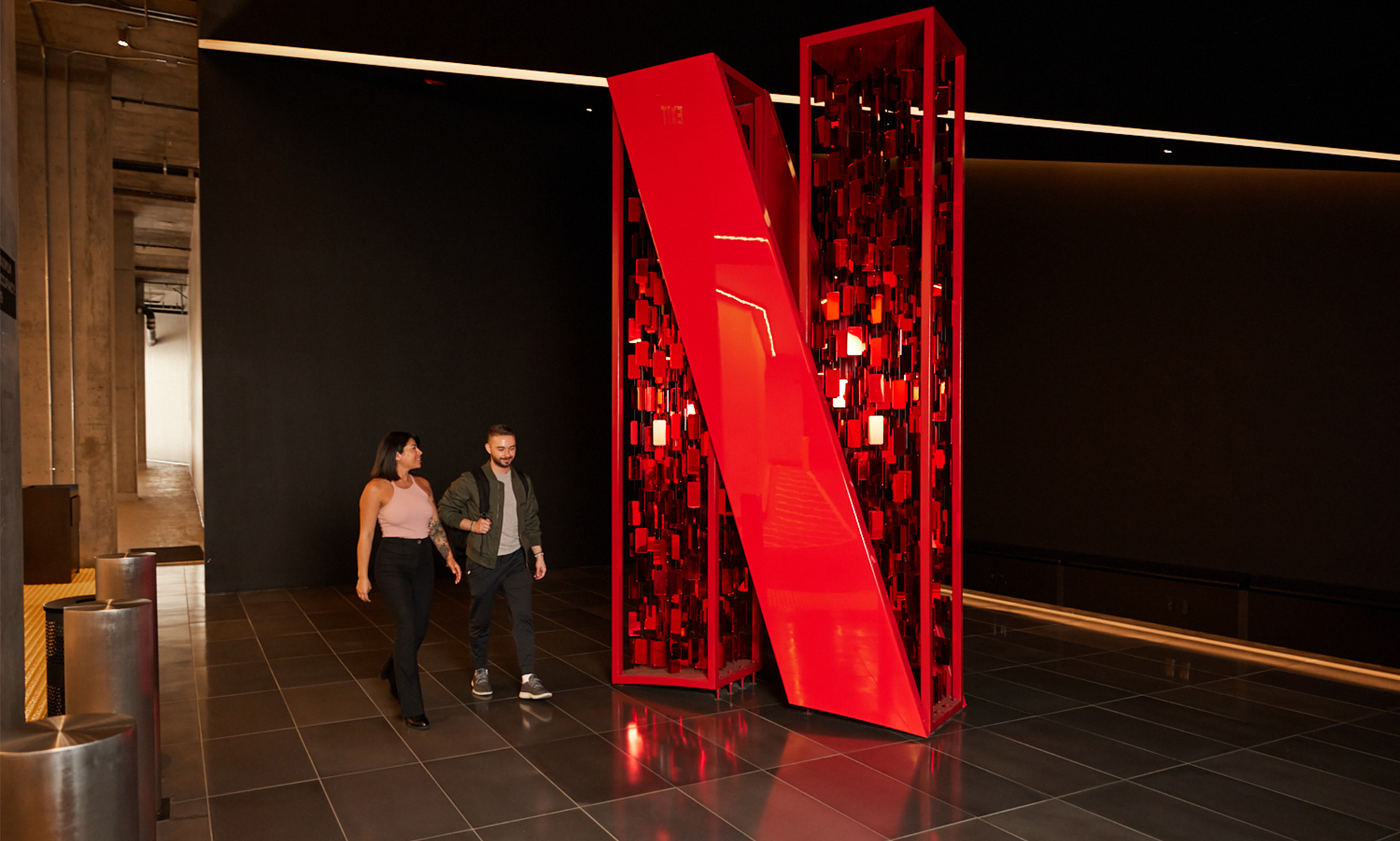Netflix smashed expectations in the third quarter, but the real meat of this report was served on the earnings call.
Media streaming veteran Netflix (NFLX 10.76%) headed into Thursday’s third-quarter report on a jittery note. The stock soared to fresh all-time highs last week but then backed down 8% in a week as investors worried about the general health of the global consumer market.
Netflix staved off those fears with a robust report Thursday after the market closed. Third-quarter results exceeded management’s projections across the board and the company followed up with fourth-quarter revenue and earnings targets well above the current Street views. Revenue rose 15% year over year while earnings per share jumped 45% higher.
But the story doesn’t end there. Netflix also provided helpful commentary on several key issues in this report and the accompanying conference call. Let me walk you through a couple of the most eye-opening insights Netflix released this week.
1. Google and YouTube aren’t always the enemy
Co-CEO Ted Sarandos explained how the company interacts with YouTube and Google. The two Alphabet (NASDAQ: GOOG) (NASDAQ: GOOGL) subsidiaries are often seen as head-to-head competition for Netflix, often keeping eyeball hours and ad dollars away from the streaming video pioneer.
Sarandos agreed that the two companies compete for limited resources such as consumer viewership. However, YouTube and Netflix are radically different from each other.
- The Alphabet platform puts professional filmmakers on a relatively even playing filed with consumers, which results in a compelling but uneven collection of unpredictable video content.
- Netflix pays top dollar to proven storytellers and film crews. Its shows and movies compete for top-notch quality awards and often win them.
“So we put up our trailers on YouTube, and they get a lot of viewing, which is great because it drives a lot of viewing on Netflix,” Sarandos said. But he doesn’t see YouTube as a serious rival for the deeply engaging type of content that Netflix creates.
Moreover, Netflix recently invited the Google DV 360 service and digital advertising expert The Trade Desk (NASDAQ: TTD) to help the company revamp its ad-supported subscription. The core of the advertising platform will be an in-house solution from Netflix’s tech team, but it will benefit from integration with these important partners.
“We’ve got our partnerships with Trade Desk and Google Live, and those are going well,” said co-CEO Greg Peters. “We’ve got a road map for more formats, for more features, for more measurement. That’s all coming.”
And it’s coming with the very official support of Google’s video advertising experts. That’s a refreshingly collaborative attitude in an industry where head-to-head rivals often refuse to work together, even if it would result in a better user experience. For example, Amazon (NASDAQ: AMZN) Alexa devices still won’t play content from YouTube Music, even if the owner has premium subscriptions to both Amazon Prime and YouTube.
2. AI is an opportunity, not a threat
Sarandos also laid out a clear view of Netflix’s attitude to generative artificial intelligence (AI).
Computer-generated text has been presented as a serious threat to every creative job, industry, and service. AI-generated video is also a thing nowadays, and arguably a more direct threat to the video-streaming sector. What’s the point of subscribing to Netflix or even clicking over to YouTube when a personalized AI video can entertain you instead?
Sarandos doesn’t see AI in that light, though. Instead, he noted that the entertainment industry has a long history of adjusting to new technology and taking advantage of fresh innovations.
“The history has been that entertainment and technology have worked hand-in-hand throughout the history of time,” he said. “And it’s very important, I think, for creators to be very curious about what these new tools are and what they could do.”
More specifically, other content creators might use AI to generate lower-quality content quickly and cheaply. Netflix wants to lean in the opposite direction, figuring out how these new tools can help human creators tell their stories in new ways and deliver unheard-of experiences.
“We benefit greatly from improving the quality of the movies and the shows much more so than we do from making them a little cheaper,” Sarandos followed up. “So any tool that can go to enhance the quality, making them better, is something that is going to actually help the industry a great deal.”
It’s the second coming of the papyrus roll, the Greek comedy, the printing press, AM radio, and VHS tapes. The entertainment industry has seen game-changing technologies before, and there will be more in the future. Personalized experiences can be great, but there’s something special and valuable about creative projects that are shared by a large audience and discussed by the water cooler. That’s where Netflix sees the opportunity in the unexpected AI challenge.
And Netflix stands ready to make the most of these newfangled AI content generators. I can’t wait to see what Sarandos and his people will do with all this power.
John Mackey, former CEO of Whole Foods Market, an Amazon subsidiary, is a member of The Motley Fool’s board of directors. Suzanne Frey, an executive at Alphabet, is a member of The Motley Fool’s board of directors. Anders Bylund has positions in Alphabet, Amazon, Netflix, and The Trade Desk. The Motley Fool has positions in and recommends Alphabet, Amazon, Netflix, and The Trade Desk. The Motley Fool has a disclosure policy.

